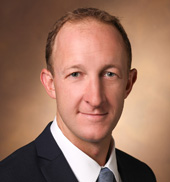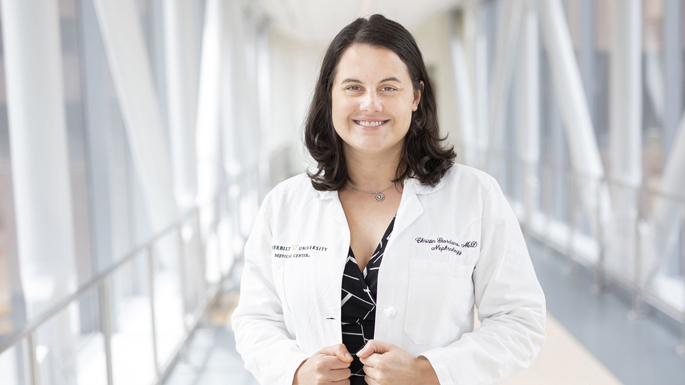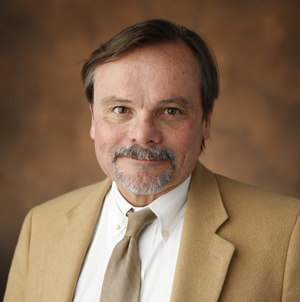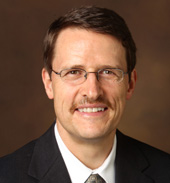Physicians have been objecting to the high cost of the certification fees of the American Board of Medical Specialties (ABMS) member boards for many years, and a research letter published recently by the Journal of the American Medical Association (JAMA) shows that the revenue of these boards greatly exceeded expenditures in 2013.
When Brian Drolet, M.D., an assistant professor in the Department of Plastic Surgery at Vanderbilt, and Vickram Tandon, M.D., a Plastic Surgery resident at University of Michigan, Ann Arbor, investigated fees charged to physicians for certification examinations and the finances of the 24 ABMS member boards, they discovered those boards had a combined surplus of $24 million in fiscal year 2013, the most recent year of publicly available records.

Beyond that, when they looked at these numbers between 2003 and 2013, the boards’ net balance (the difference between assets and liabilities) had more than tripled during that time.
The process of board certification has long had a central role in the self-regulation of physician quality standards. Initial board certification is commonly accepted as the last milestone in becoming an independent, practicing physician, and many institutions, including Vanderbilt University Medical Center (VUMC), will not allow a physician to provide patient care unless they are board certified. But physicians debate whether there is evidence that board certification has educational merit or that it benefits the quality improvement process.
“Although some evidence suggests board certification may improve performance and outcomes, the costs to physicians are substantial,” the authors wrote. “More research is needed to assess the cost-benefit balance and to demonstrate value in board certification.”
In 2017, the average fee for an initial written examination was $1,846. In addition, 14 boards required an oral examination for initial certification at an average cost of $1,694. Nineteen boards offered subspecialty verification (e.g., hand surgery within orthopaedic or plastic surgery) with an average cost of $2,060. And the fees are not standardized. Those paying the highest fees are allergists, dermatologists, otolaryngologists and radiologists. Physicians in the fields of emergency medicine and orthopaedic surgery paid the lowest fees.
In FY 2013, member boards reported $263 million in revenue and $239 million in expenses, a difference of $24 million in surplus. Officer and employee compensation and benefits accounted for 42 percent of expenses. Between 2003 and 2013, the change in net balance of the ABMS member boards grew from $237 million to $635 million.
“I hope this study opens up discussion about two important things,” Drolet said. “One is the cost of the exams themselves. What the boards are charging for exams is nowhere near what it actually costs to administer them. Around 88 percent of their income comes from charges to examinees, and only 21 percent of their cost is for administering exams.”
Drolet also hopes there is conversation about how the assets of the member boards are used and if that revenue can be used to directly benefit the specialties, physicians and patient care.
“ABMS member boards are nonprofit organizations and have a fiduciary responsibility to match revenue and expenditures,” he said. “If the board says we need to continue collecting this much money from candidates and diplomates, they should say, ‘this is what we’re using the additional revenue for.’ For example, to better educate patients about the specialty or to fund grants to support research.”
Drolet, who just completed seven years of medical training during a residency and fellowship, is now in the midst of his initial board certification for plastic surgery. Then he’ll take an additional verification exam in the subspecialty of hand surgery. This represents nearly $5,000 in board certification fees, in addition to the travel and lodging costs necessary to take the exams.
“In the current health care environment, we all need to be thoughtful about how funds are spent; and I don’t know that these kinds of costs are justified for board certification.”















